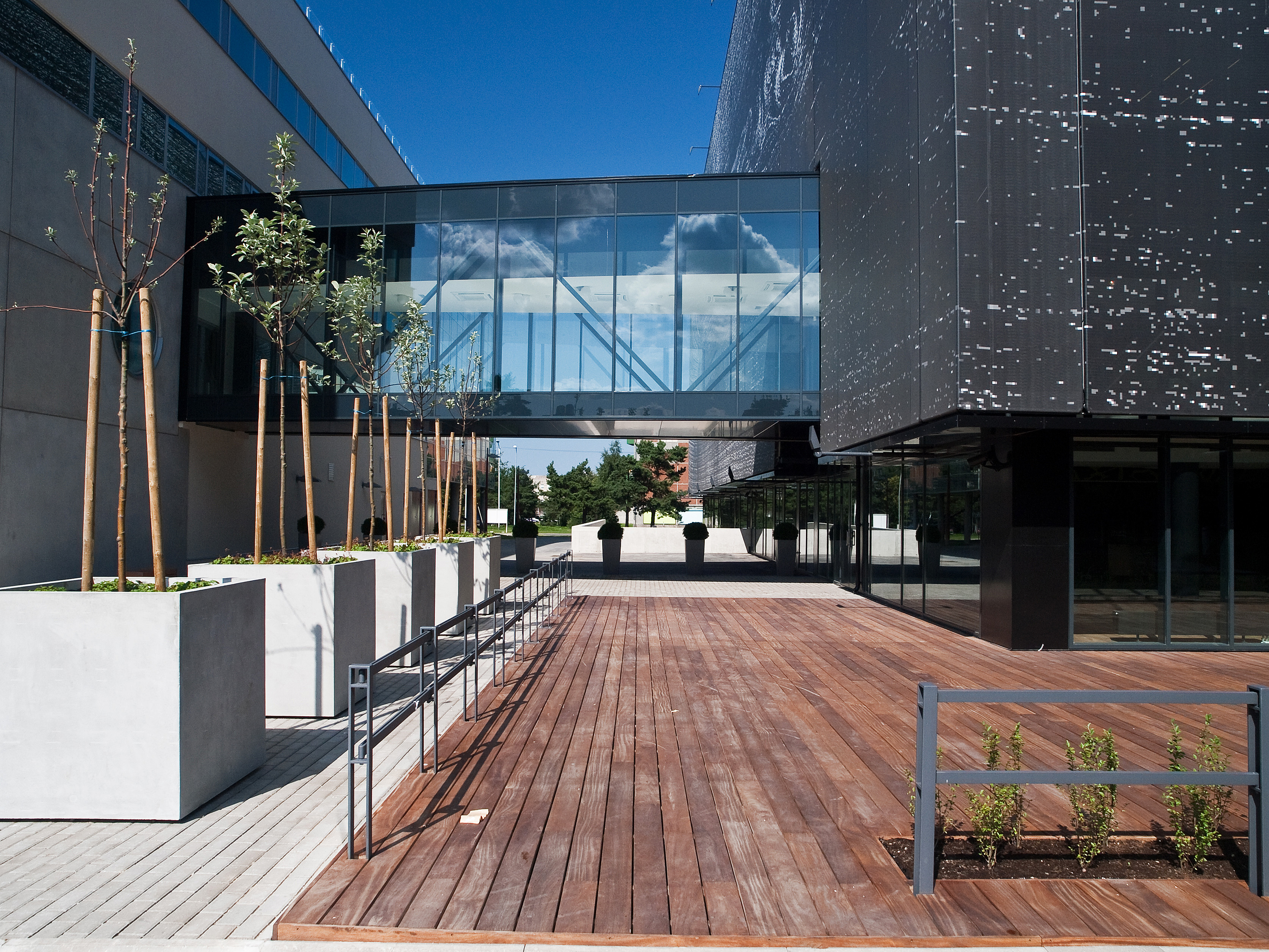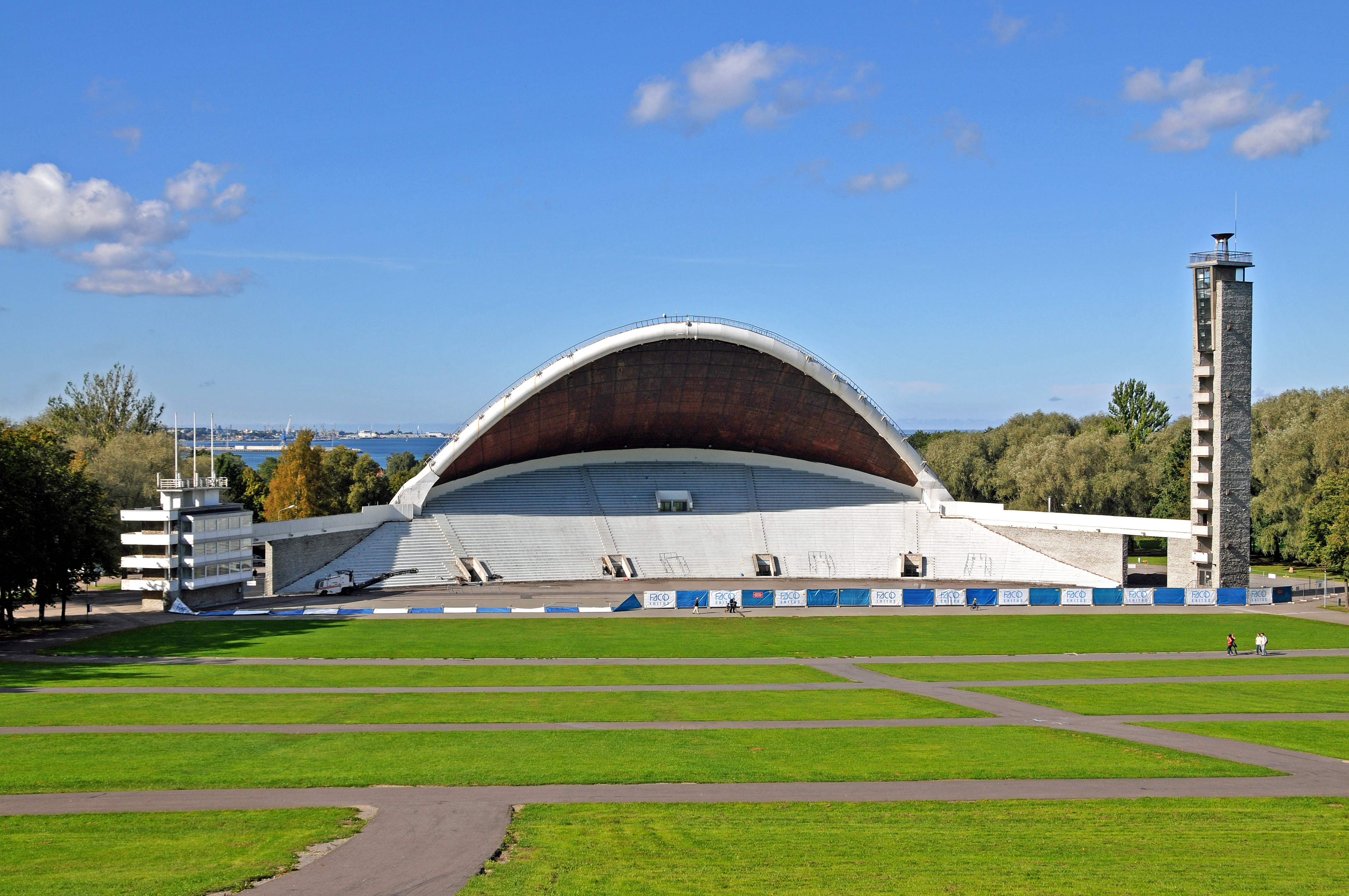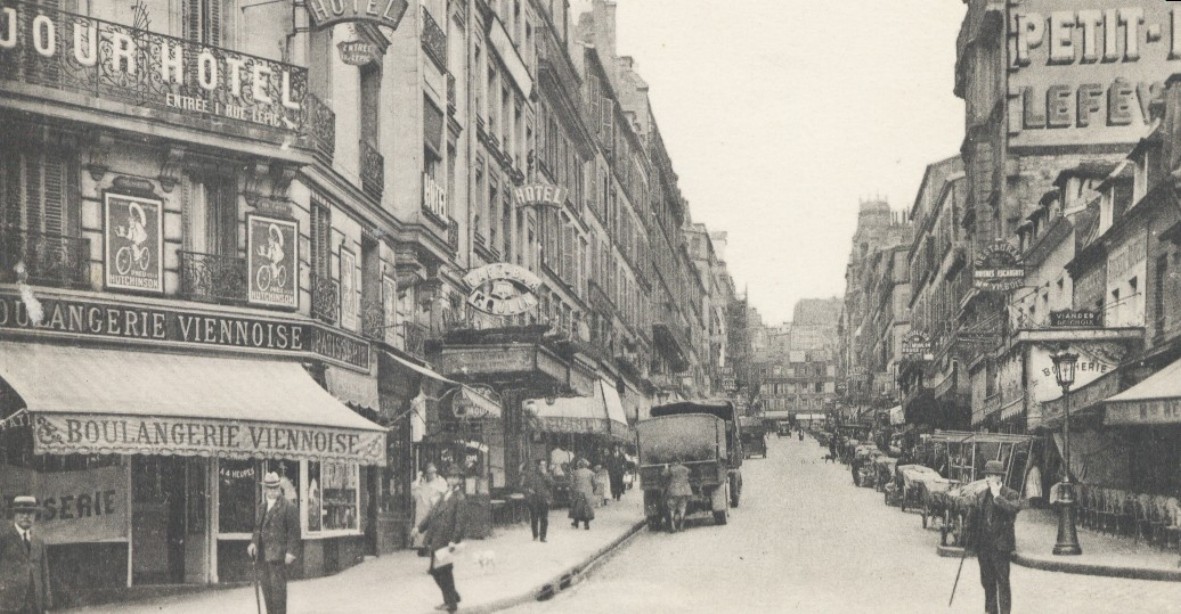|
Henno Sepmann
Henno Sepmann (12 February 1925 Tartu – 24 September 1985 Moscow) was an Estonia Estonia, officially the Republic of Estonia, is a country in Northern Europe. It is bordered to the north by the Gulf of Finland across from Finland, to the west by the Baltic Sea across from Sweden, to the south by Latvia, and to the east by Ru ...n architect.Eesti kunsti ja arhitektuuri biograafiline leksikon (EKABL). Tallinn: Eesti Entsüklopeediakirjastus, 1996. Page 472 In 1952, he graduated from Tallinn Polytechnical Institute. Since 1952, he worked at the architectural bureau " Eesti Projekt". He was married to landscape architect Valve Pormeister. Awards: * 1973: Estonian SSR merited architect Works * 1960: Tallinn Song Festival Grounds (co-architect) * 1972: Viru Hotel (co-architect) References 1925 births 1985 deaths 20th-century Estonian architects Tallinn University of Technology alumni Architects from Tartu Burials at Metsakalmistu {{Estonia-artist-stub ... [...More Info...] [...Related Items...] OR: [Wikipedia] [Google] [Baidu] |
Tartu
Tartu is the second largest city in Estonia after Tallinn. Tartu has a population of 97,759 (as of 2024). It is southeast of Tallinn and 245 kilometres (152 miles) northeast of Riga, Latvia. Tartu lies on the Emajõgi river, which connects the two largest lakes in Estonia, Lake Võrtsjärv and Lake Peipus. From the 13th century until the end of the 19th century, Tartu was known in most of the world by variants of its historical name Dorpat. Tartu, the largest urban centre of southern Estonia, is often considered the "intellectual capital city" of the country, especially as it is home to the nation's oldest and most renowned university, the University of Tartu (founded in 1632). Tartu also houses the Supreme Court of Estonia, the Ministry of Education and Research (Estonia), Ministry of Education and Research, the Estonian National Museum, and the oldest Estonian-language theatre, Vanemuine. It is also the birthplace of the Estonian Song Festivals. Tartu was designated as the E ... [...More Info...] [...Related Items...] OR: [Wikipedia] [Google] [Baidu] |
Moscow
Moscow is the Capital city, capital and List of cities and towns in Russia by population, largest city of Russia, standing on the Moskva (river), Moskva River in Central Russia. It has a population estimated at over 13 million residents within the city limits, over 19.1 million residents in the urban area, and over 21.5 million residents in Moscow metropolitan area, its metropolitan area. The city covers an area of , while the urban area covers , and the metropolitan area covers over . Moscow is among the world's List of largest cities, largest cities, being the List of European cities by population within city limits, most populous city entirely in Europe, the largest List of urban areas in Europe, urban and List of metropolitan areas in Europe, metropolitan area in Europe, and the largest city by land area on the European continent. First documented in 1147, Moscow became the capital of the Grand Principality of Moscow, which led the unification of the Russian lan ... [...More Info...] [...Related Items...] OR: [Wikipedia] [Google] [Baidu] |
Estonia
Estonia, officially the Republic of Estonia, is a country in Northern Europe. It is bordered to the north by the Gulf of Finland across from Finland, to the west by the Baltic Sea across from Sweden, to the south by Latvia, and to the east by Russia. The territory of Estonia consists of the mainland, the larger islands of Saaremaa and Hiiumaa, and over 2,300 other islands and islets on the east coast of the Baltic Sea. Its capital Tallinn and Tartu are the two largest List of cities and towns in Estonia, urban areas. The Estonian language is the official language and the first language of the Estonians, majority of its population of nearly 1.4 million. Estonia is one of the least populous members of the European Union and NATO. Present-day Estonia has been inhabited since at least 9,000 BC. The Ancient Estonia#Early Middle Ages, medieval indigenous population of Estonia was one of the last pagan civilisations in Europe to adopt Christianity following the Northern Crusades in the ... [...More Info...] [...Related Items...] OR: [Wikipedia] [Google] [Baidu] |
Eesti Entsüklopeediakirjastus
Estonian Encyclopaedia Publishers () was an Estonian publisher which published reference literature (like encyclopedias, atlases) and popular science Popular science (also called pop-science or popsci) is an interpretation of science intended for a general audience. While science journalism focuses on recent scientific developments, popular science is more broad ranging. It may be written ... literature. As of 2009, publisher's main shareholders were Hardo Aasmäe (owned 25.6%), Jüri Ott (owned 20.4%), and Ülo Kaevats (owned 12.0%). In 2011, the publisher went bankrupt. However, the bankruptcy proceedings got stuck because the owner of the publishing house's last office, Ülemiste City, confiscated the property in the company's office and sold it to cover the 9,000-euro rent debt. Bankruptcy administrator Tiina Mitt estimated its value at over 4.3 million euros. The location of sold documents, author contracts and books under editing is unknown. A part of the EE archiv ... [...More Info...] [...Related Items...] OR: [Wikipedia] [Google] [Baidu] |
Tallinn Polytechnical Institute
Established in 1918, Tallinn University of Technology (TalTech; ) is the only technical university in Estonia. TalTech, in the capital city of Tallinn, is a university for engineering, business, public administration and maritime affairs. TalTech has colleges in Tartu and Kohtla-Järve. Despite the similar names, Tallinn University and Tallinn University of Technology are separate institutions. History In the early twentieth century, Estonia recognised an urgent need for locally trained engineering specialists. Until then, young people from Estonia had received their specialist education in St. Petersburg, Germany or Riga. Opportunities had to be sought for engineering-minded people to acquire an Estonian-based education which was adapted to local conditions and needs; Estonia was in the process of establishing itself as an independent country. On 17 September 1918, the Estonian Engineering Society opened an Estonian-based engineering school named Special Engineering Cours ... [...More Info...] [...Related Items...] OR: [Wikipedia] [Google] [Baidu] |
Eesti Projekt
Eesti Projekt ('Estonian Project') was an Estonia Estonia, officially the Republic of Estonia, is a country in Northern Europe. It is bordered to the north by the Gulf of Finland across from Finland, to the west by the Baltic Sea across from Sweden, to the south by Latvia, and to the east by Ru ...n architectural institute which existed between 1944 and 2006. EE, volume 12, 2003: 83. In 2006, three companies (AS Eesti Projekt, AS ETP Grupp and AS Sweco Eesti) were merged, and AS Sweco Projekt was established.http://www.eesti-ehitusturg.ee/index.php?leht=8&rn=11304200 (retrieved 02.03.2013) ; Names * 1944–1948 Ehituse Projekteerimise Instituut * 1948–1949 Riiklik Ehituse Projekteerimise InstituutEesti kunsti ja arhitektuuri biograafiline leksikon. Tallinn, 1996. Page 619 * 1949–1951 Vabariiklik Projekteerimise Trust "Estonprojekt * 1951–1955 Vabariiklik Projekteerimise Instituut "Estonprojekt" * 1955–1957 kandis nime Riiklik Projekteerimise Instituut "Estongiprogorstroi" ... [...More Info...] [...Related Items...] OR: [Wikipedia] [Google] [Baidu] |
Valve Pormeister
Valve Pormeister ''née'' Ulm (13 April 1922 – 27 October 2002) was an Estonian landscape architect who became an architect. She was one of the first women to influence the development of Estonian architecture, becoming one of the country's most inventive modernisers of rural architecture in the 1960s and 1970s. ''Estonian Art'' 1/05. Retrieved 14 February 2012. She is often known as the "Grand Old Lady" of Estonian architecture. ''Ajaloo Asakond''. Retrieved 14 February 2012. Biography Pormeister was born in , studied briefly agronomy at the |
Tallinn Song Festival Grounds
The Tallinn Song Festival Grounds () are the grounds on which the Estonian Song Festival "Laulupidu" is held every five years. History of song festivals In 1869 Johann Voldemar Jannsen established the Estonian Song Festival while the nation was still a province of the Russian Empire. This festival was considered responsible for fostering an Estonian national awakening. After that, the new tradition was born and the festivals are still held every five years. ''Lauluväljak'' – The Tallinn Song Festival Grounds The first stage on its current location between Narva Road and Pirita Road in Kadriorg, was built in 1928 for the 9th Estonian Song Festival. It was designed by Karl Burman and provided space for 15,000 performers. During the occupation of the Baltic states, Occupation of Estonia by the Soviet Union, there was a need for a larger stage. The new and current arched stage was built in 1959 to celebrate the 20th anniversary of the Estonian SSR in the upcoming year. It was ... [...More Info...] [...Related Items...] OR: [Wikipedia] [Google] [Baidu] |
Viru Hotel
The Original Sokos Hotel Viru is a hotel in Tallinn, Estonia. It was Estonia's first high-rise building and is connected to the Viru Keskus shopping center. It is owned by Sokos Hotels. History The Hotel Viru was built by Intourist, the government tourist monopoly of the Soviet Union. It was constructed by the Repo Oy construction company, based in Savonlinna, Finland. Work began in July 1969. However, a fire broke out on the 10th floor of the project in December 1969, and the Finnish company went bankrupt as a result. Another Finnish company, Haka Oy, completed the hotel in May 1972 and the Hotel Viru opened on June 14, 1972. During the Soviet era, the 23rd floor of the hotel contained a KGB listening center, used to spy on hotel guests. Sixty of the hotel's rooms had concealed espionage devices and some restaurant tables had listening devices. The KGB left the hotel just before Estonia became independent in August 1991, but the secret rooms weren't found until 1994. This fo ... [...More Info...] [...Related Items...] OR: [Wikipedia] [Google] [Baidu] |
1925 Births
Events January * January 1 – The Syrian Federation is officially dissolved, the State of Aleppo and the State of Damascus having been replaced by the State of Syria (1925–1930), State of Syria. * January 3 – Benito Mussolini makes a pivotal speech in the Italian Chamber of Deputies (Italy), Chamber of Deputies which will be regarded by historians as the beginning of his dictatorship. * January 5 – Nellie Tayloe Ross becomes the first female governor (Wyoming) in the United States. Twelve days later, Ma Ferguson becomes first female governor of Texas. * January 25 – Hjalmar Branting resigns as Prime Minister of Sweden because of ill health, and is replaced by the minister of trade, Rickard Sandler. * January 27–February 1 – The 1925 serum run to Nome (the "Great Race of Mercy") relays diphtheria antitoxin by dog sled across the U.S. Territory of Alaska to combat an epidemic. February * February 25 – Art Gillham records (for Columbia Re ... [...More Info...] [...Related Items...] OR: [Wikipedia] [Google] [Baidu] |
1985 Deaths
The year 1985 was designated as the International Youth Year by the United Nations. Events January * January 1 ** The Internet's Domain Name System is created. ** Greenland withdraws from the European Economic Community as a result of a new agreement on fishing rights. * January 7 – Japan Aerospace Exploration Agency launches '' Sakigake'', Japan's first interplanetary spacecraft and the first deep space probe to be launched by any country other than the United States or the Soviet Union. * January 15 – Tancredo Neves is elected president of Brazil by the Congress, ending the 21-year military rule. * January 27 – The Economic Cooperation Organization (ECO) is formed, in Tehran. * January 28 – The charity single record "We Are the World" is recorded by USA for Africa. February * February 4 – The border between Gibraltar and Spain reopens for the first time since Francisco Franco closed it in 1969. * February 5 – Australia cancels its involv ... [...More Info...] [...Related Items...] OR: [Wikipedia] [Google] [Baidu] |







